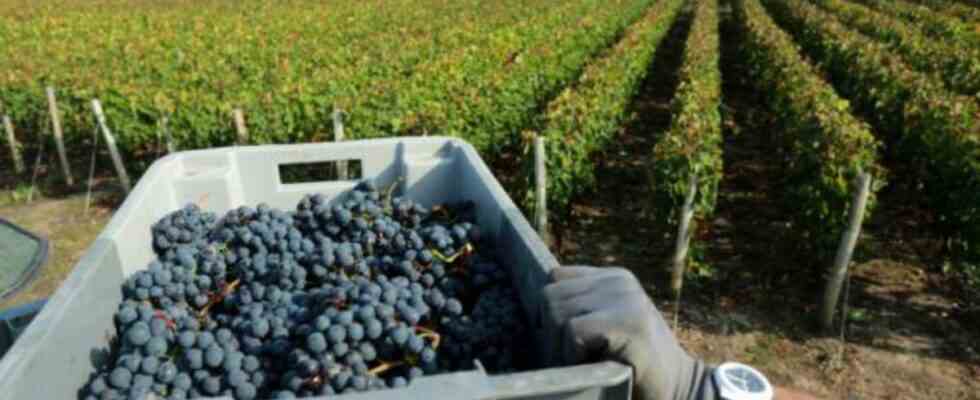The monster summer fires in Gironde could give Bordeaux wine an “unpleasant” taste of smoke, said Pierre-Louis Teissedre, first vice-president of the Union of Oenologists of France. Interview with the man who is also a professor at the Institute of Vine and Wine Sciences Bordeaux-Aquitaine, a few days before a conference on the subject near Bordeaux.
Will the smoke released by the fires have any consequences for the 2022 vintage?
“It is too early for estimates. It is necessary to wait for the end of the vinification, and especially the results of the analyzes carried out on the affected areas. Where the smoke has been dissipated, the impact will surely be lower, but for areas near the fires, especially that bordering the Graves, the risk is certain.
Everything will depend on the level of contamination of the berries, and whether the plots have been affected heterogeneously or homogeneously. If 10% of a parcel is contaminated, with smoke with a low concentration of volatile phenols (molecules responsible for the smell of smoke), perhaps the effect will not be so great on the taste of the wine. The duration of contamination will also come into play: with a fairly intense fire and a sufficient quantity of volatile phenols which attach themselves to the skin of the bay, a day or two is enough to create quality problems.
Ultimately, the wine may simply taste of smoke. And the more intense it is, the more it is a concern. It hides everything else, all the pleasant characteristics of the product, such as fruity or floral aromas. And even in low concentrations, the impact can be relatively large. It can be unpleasant enough that you don’t want to consume the product.
How does this smoky taste end up in wine?
The combustion of wood leads to the pyrolysis of a certain number of polymers, which are constituent elements of wood, and this will in particular release volatile phenols into the air. The compounds will settle on the grapes and be absorbed thanks to the bloom, a layer on the outside of the berry with fatty substances, then will bind to sugars at the level of the skin or the pulp of the grape, and become odorless.
The smoky taste will be revealed by the action of enzymes during vinification, during fermentation in two-thirds of cases, but also during aging (resting in vats or barrels, editor’s note), bottling or later, during the tasting. Because we must not forget that we also have enzymes in the mouth! And all of that is a problem. It’s a bit of a ticking time bomb. We think our wine is finished, and clack! Something appears.
How to fight against this phenomenon?
Logically, it would obviously be necessary to avoid fires. Otherwise, cover the vines with protective films, but that would become quite complicated. Nowadays, certain oenological products are beginning to be developed in order to fix the compounds responsible for the smell of smoke, for example.
In Australia, the question has been raised for more than ten years, as in California, South Africa or Chile. In Bordeaux, we had never experienced that until now. We thought we were protected. But the risks are quite significant. This year, there were even fires in the Jura, a region known for its yellow wine!
It is also necessary to continue research, to find preventive and curative solutions at the level of the vine and the cellar to avoid bad days, in particular among the winegrowers who strive to derive an identity from a terroir and the authenticity of a taste.

